By Ann Kaye
My niece knows to reach for my hand when she wants to run through her backyard sprinkler in her Sunday best. I’m the aunt who didn’t move back after college. In my family, women don’t inherit the farm but are expected to stay. I did not, and my visits from the coast to the farm are too rare to worry over wilted curls and wet shoes. Mom would’ve done the same.
After we’ve been watered, she pulls me toward the garden filled with descendants of my mother’s divided hostas and lilies. I press my ear against a tiger lily, name it, and ask if she hears it roar. She listens, eyes wide, and says no.
“You’re sure?” I ask.
In answer, we flop onto the grass with exaggerated disappointment. We lie on our backs and stretch our arms. Clouds glide through a sateen blue sheen one shade lighter than my mother’s eyes.
“Roar!” she says, tickling me, and naming the pansy next.
I study my niece’s eyes, and forgive me, I want my mother—who didn’t live to see this child born—to gaze back.
A pod dangles from a vine—dry, burst open like grief. Seeds tucked in feathered envelopes, missives poised to travel the wind.
She leads me farther from the adults and into the trees. Talks to me like a big doll as we follow the slipstream of our imaginations.
We’ll go wherever she wants. The growing season’s short here.
Ann Kaye writes fiction and non-fiction. She is crafting her first novel from as deep in the forest as she is welcome. This essay grew from her mother’s garden located on the traditional, ancestral, and contemporary lands of the Dakota people and the Ojibwe people of the land now called Minnesota.
Image by Iva courtesy of Adobe Stock















































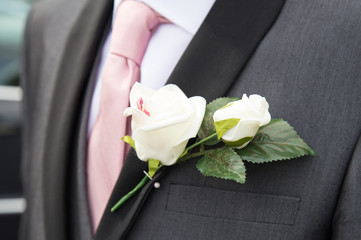













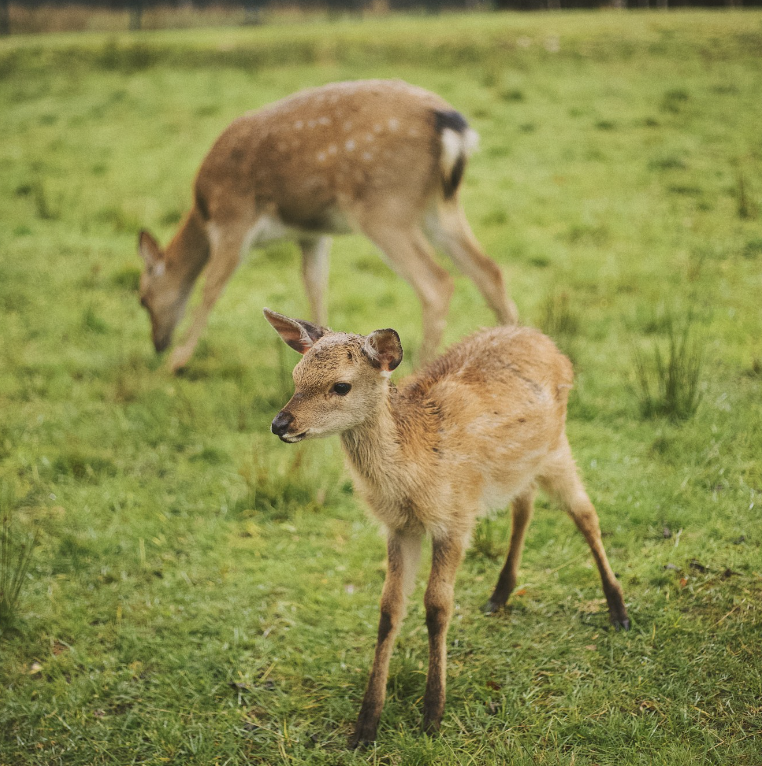

















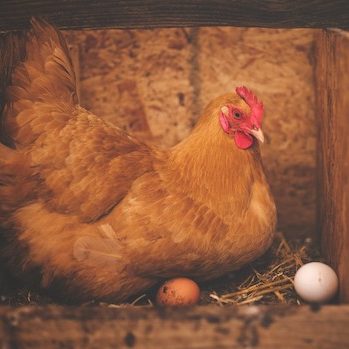


























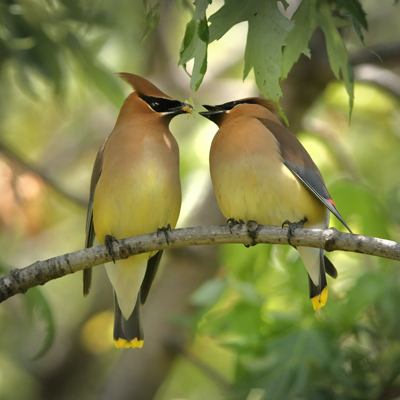







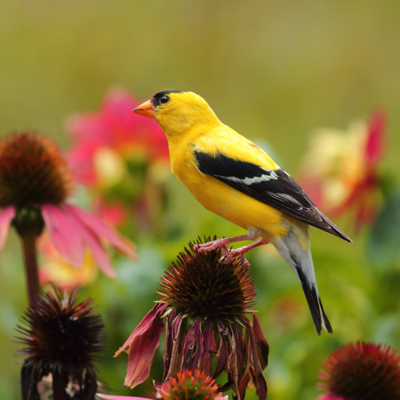







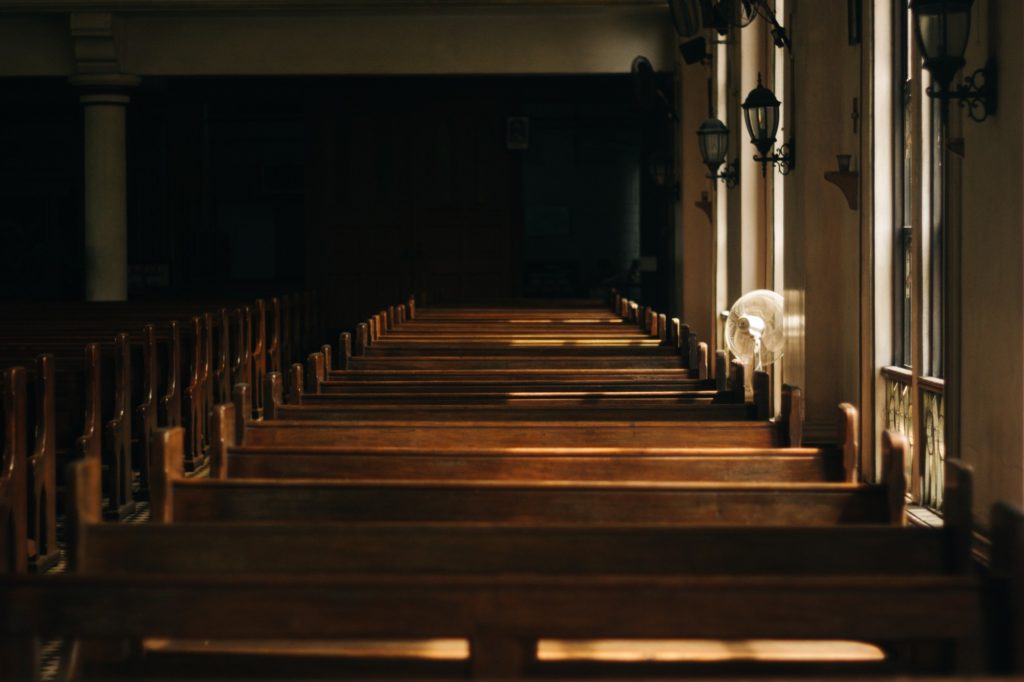












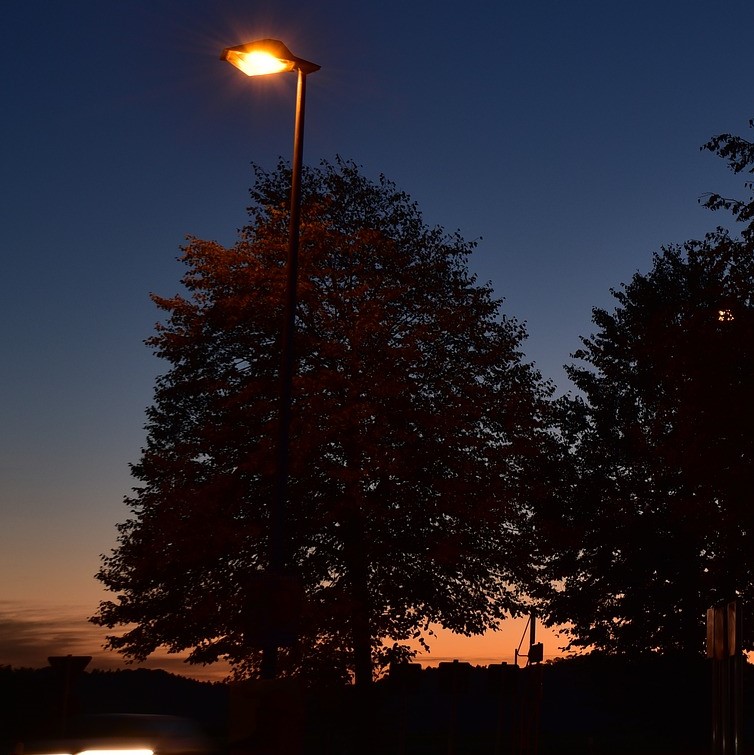







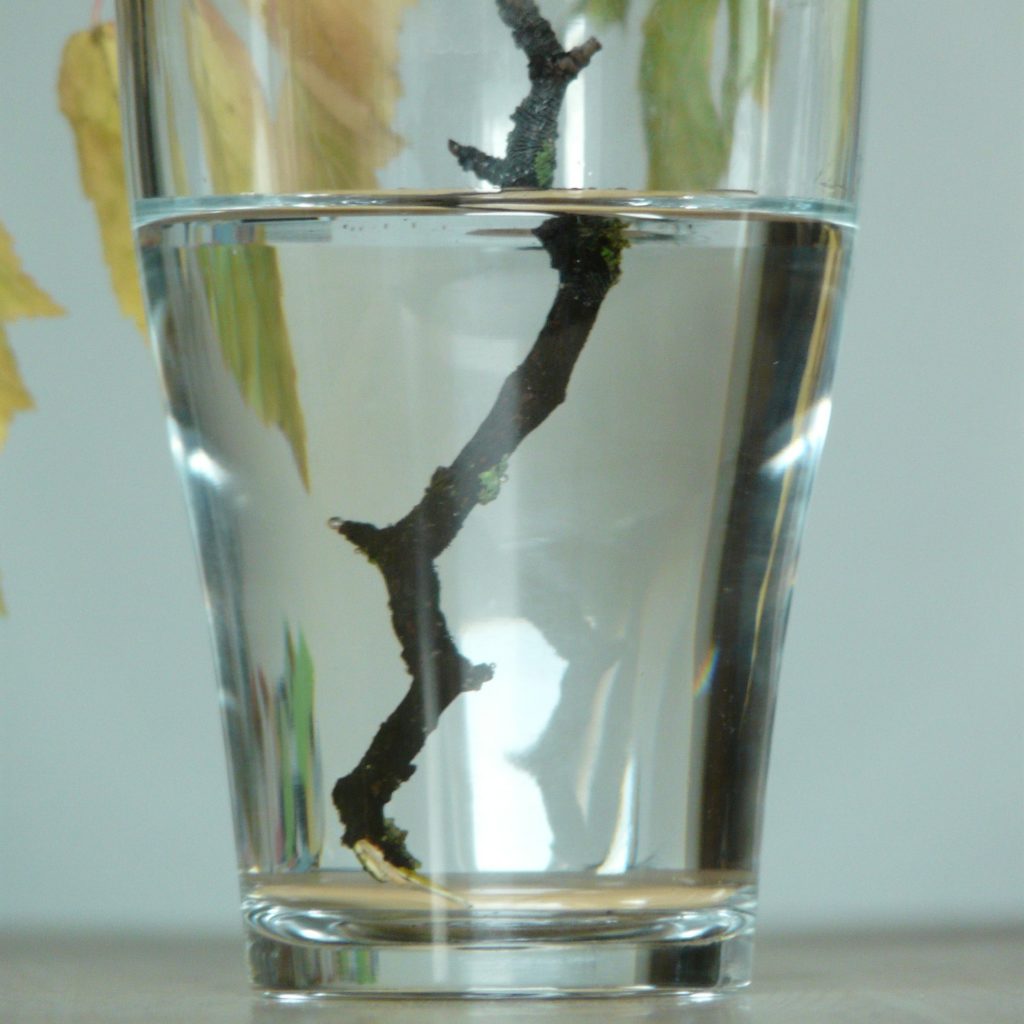



















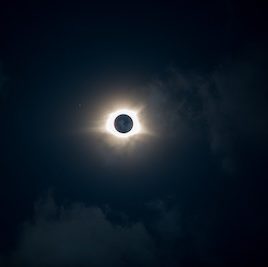







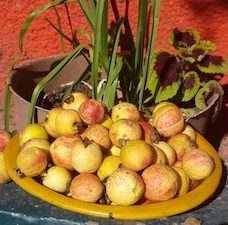









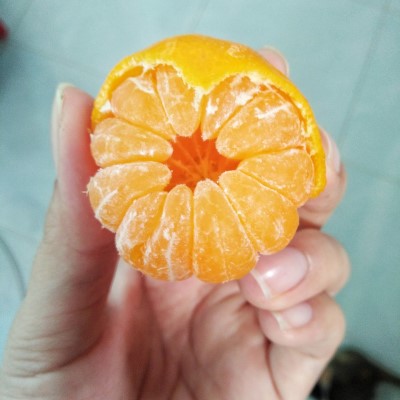














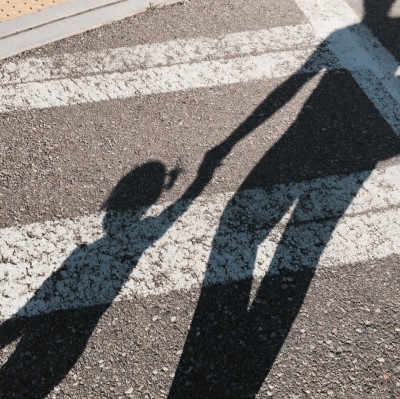



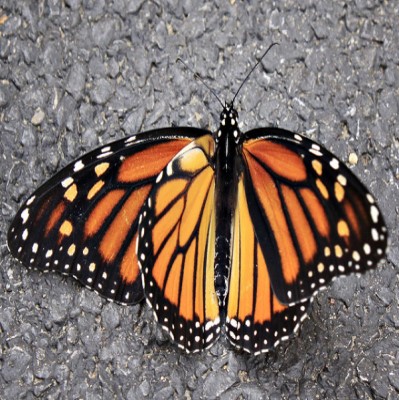























































































0 Comments